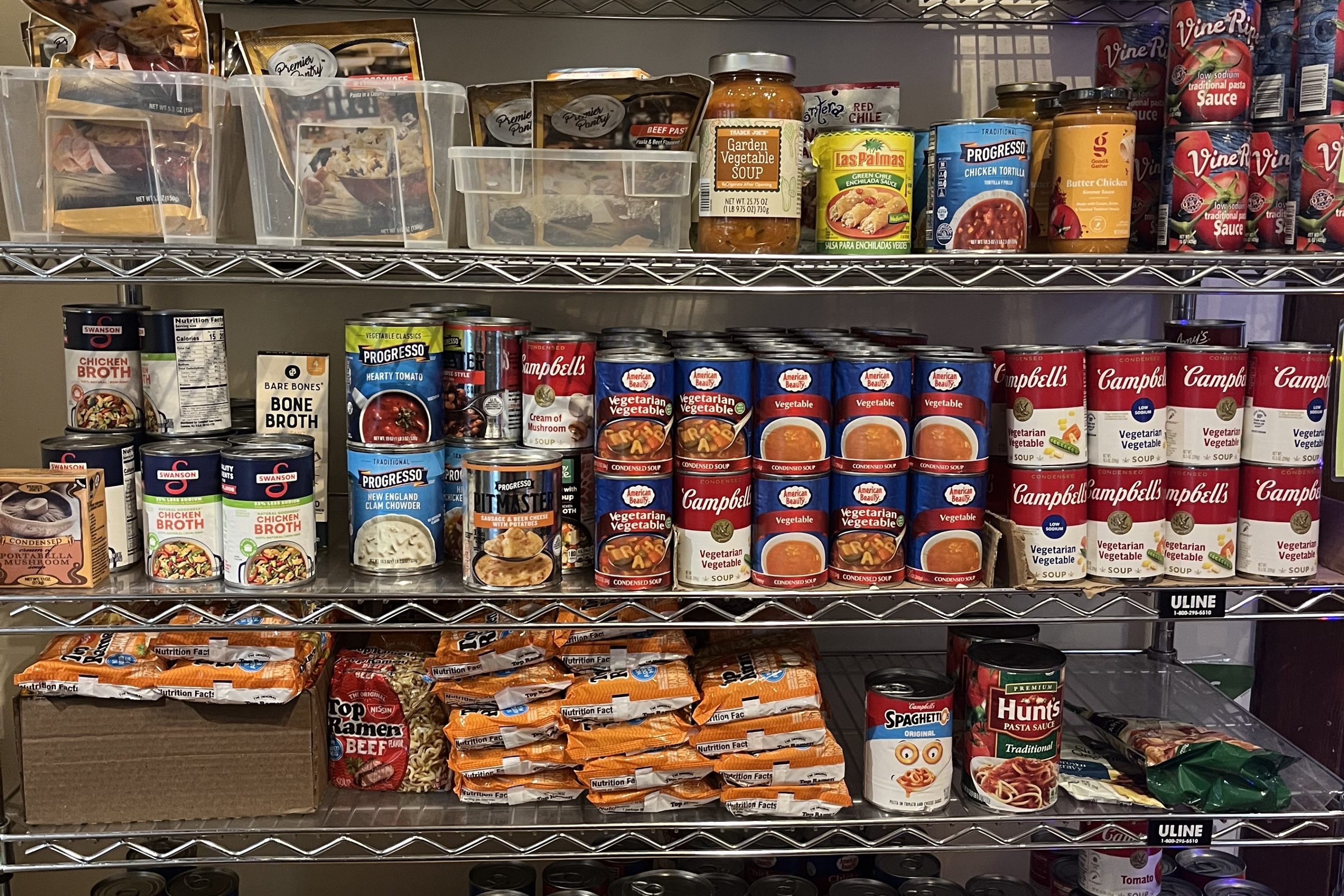Each month the editor and contributors of the Hill & Lake Press must decide which stories to cover.
The challenge is narrowing them down to ones that will interest readers because there are far more stories than contributors can write about.
Lately, the Star Tribune has largely stopped covering City Council meetings and candidate forums.
A few digital outlets, like the Minneapolis Times, Sahan Journal, MinnPost and Minnesota Reformer, continue reporting on important issues.
There are also other neighborhood papers, such as the Minnesota Spokesman Recorder and the Longfellow Nokomis Messenger. Compared to some cities, Minneapolis has a decent number of local news sources.
Many people now get their news from Facebook groups, YouTube, Bluesky, Threads, podcasts and newsletters. Only 35% of people under age 44 read a newspaper more than once a month.
And much of what circulates online is unedited, unchecked for accuracy and often lacking nuance.
By contrast, newspapers such as the Hill & Lake Press utilize copy editors, proofreaders and fact checkers to ensure accuracy.
The Fractured News World
To say our news landscape is fractured is an understatement. It’s a serious problem when you’re trying to find out what happened, track an elected official’s record, or learn the fate of an ordinance, zoning change or spending decision.
Searching for information means navigating a fragmented universe — one filled with context-free headlines and muddied by spin.
Understanding what’s happening in your neighborhood requires diligent research.
Unless it involves multiple shootings, it likely won’t make the newspaper or TV news — and even then, there’s no guarantee.
The fractured state of local news coverage matters for several reasons:
Democracy
If you had walked the streets on April 8 and asked people what day the DFL caucus was, we’d guess at least 80% wouldn’t have known what you were talking about.
Another 10% might have known but wouldn’t attend either because they didn’t understand its significance or didn’t see a reason to participate.
Of the remaining 10% who both knew and cared, 5% were busy that night, 3% forgot and 2% showed up to choose delegates for future conventions that will decide who gets the DFL endorsement for the next City Council, Park Board and Mayor.
City Spending
There simply aren’t enough reporters investigating how our tax dollars are spent on a local level.
In an election year, this lack of scrutiny means that incumbents may have the opportunity to reward supportive groups and organizations without accountability.
To investigate this story, we examined the Legislative Information Management System and reviewed recent City Council agendas to determine what had been approved.
We began with the February 27 meeting, during which a significant amount of money was allocated.
Among the key expenditures were contracts for community engagement services, including 10 vendor agreements at $100,000 each and 12 additional contracts at $300,000 each, totaling $4.6 million.
For group violence intervention, contracts were awarded to five organizations totaling $800,000.
In the March 27 agenda, we found that the city is also hiring nonprofit consultants to train other nonprofits.
Notably, Cure Violence Global was hired to provide training and technical assistance to MinneapolUS under a $681,000, three year contract.
MinneapolUS, in turn, contracts with several violence prevention organizations: Restoration, Inc. ($708,000), T.O.U.C.H. Outreach ($708,400), Sabathani Community Center ($708,400), MAD DADS ($619,394), and A Mother’s Love Initiative ($671,155). These contracts total $3,416,430.
As residents, we are unlikely to ever learn whether this money was well spent — whether violence was reduced or if community engagement improved.
No one outside the city is reporting on the contents of these contracts or how success will be measured.
One oddity stands out: Why are so many contracts for the same amounts?
For instance, 12 contracts of exactly $300,000 were awarded to different businesses. Are they all charging the same hourly rate and working the same number of hours?
And why are there two separate Violence Interrupter contracts for $708,400?
These patterns suggest that more due diligence may be needed.
Conclusion
We’re raising questions even though we know the answers — if they exist — will likely go unheard. That’s the nature of today’s fractured news landscape.
Even if a story is written — most likely by a volunteer — it will reach a small audience, make a brief splash, and then disappear into a lake of news constantly set swirling by national controversies, political infighting and finger-pointing that define our city government.
Without robust, diligent reporting on local government actions, we rely on our politicians to act with restraint and common sense.
This year, the Hill and Lake Press intends to track key issues and candidates in the hope that some recognize that oversight is a fundamental part of budgeting.
It’s a responsibility that extends across nonprofits, construction contracts and all levels of government operations.
In the coming months, readers of the Hill & Lake Press will find a new website that will allow them to share articles with their networks.
The monthly newspaper will continue, but the website will allow the Hill & Lake Press to write and distribute more stories. Stay tuned.






